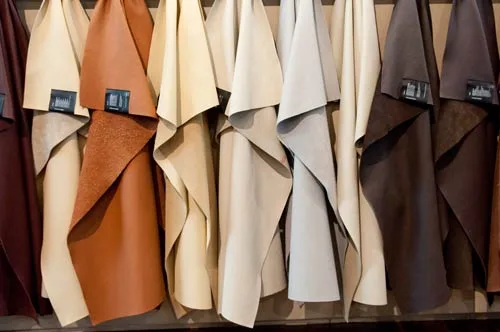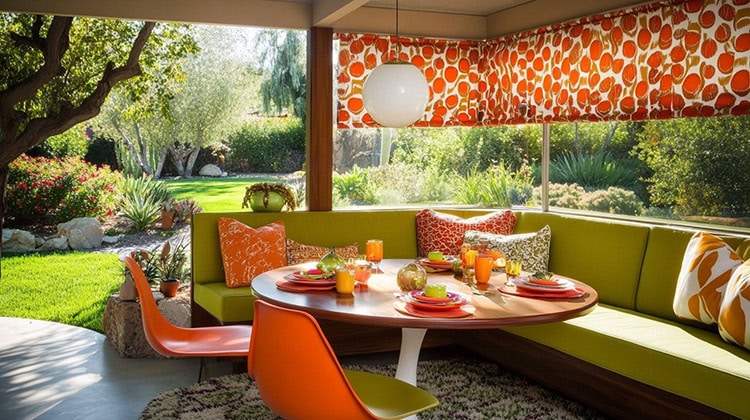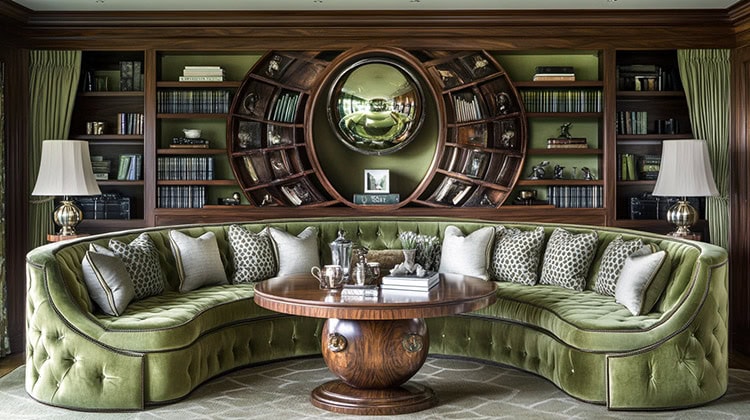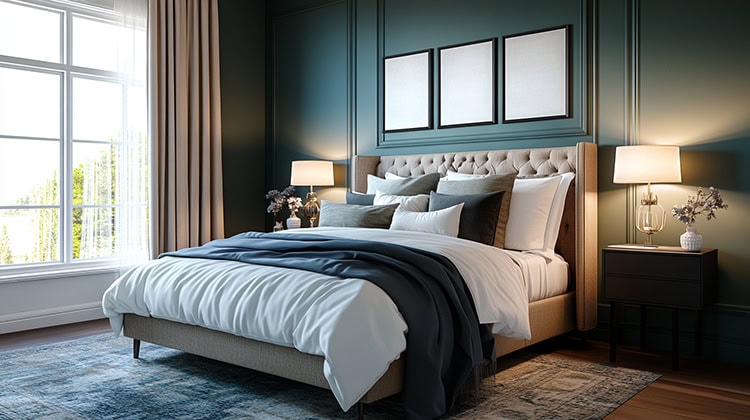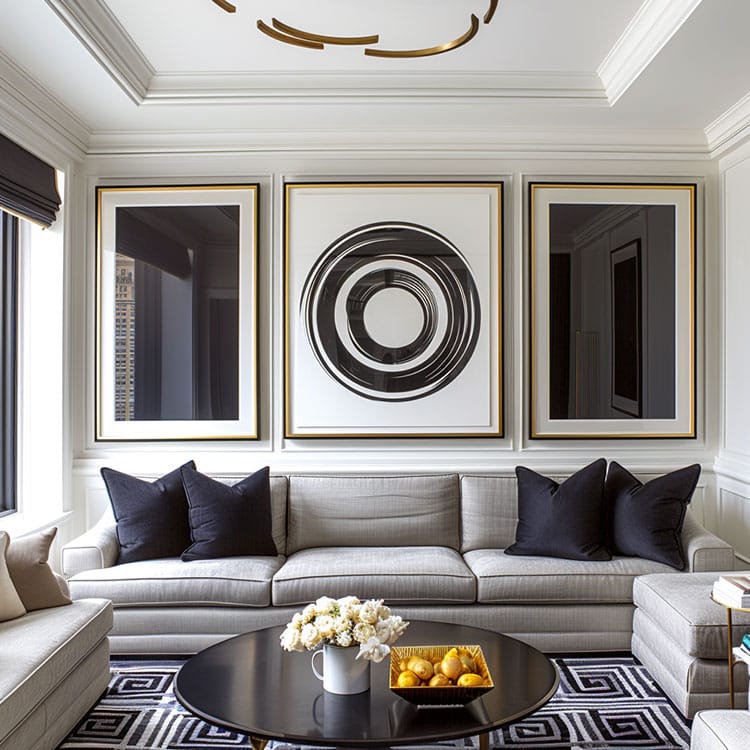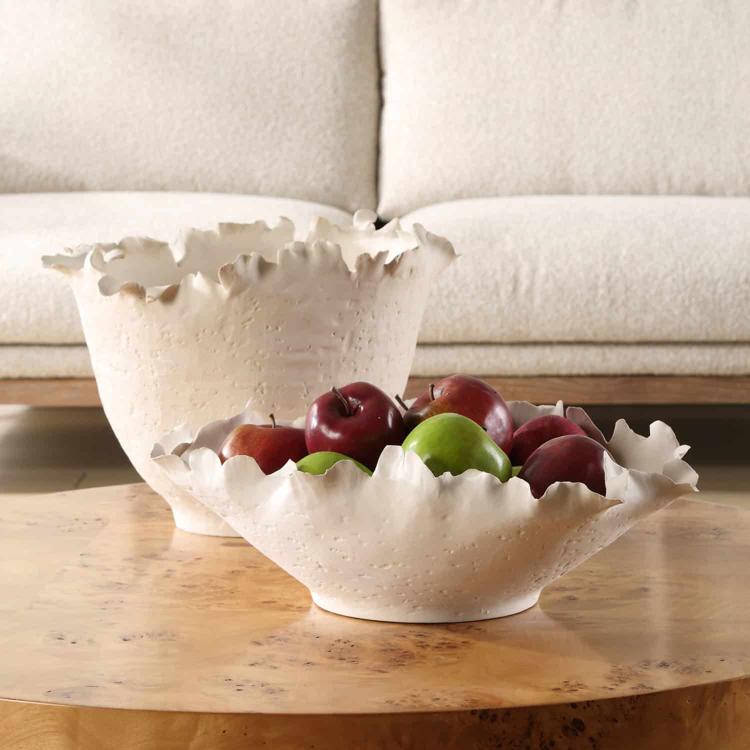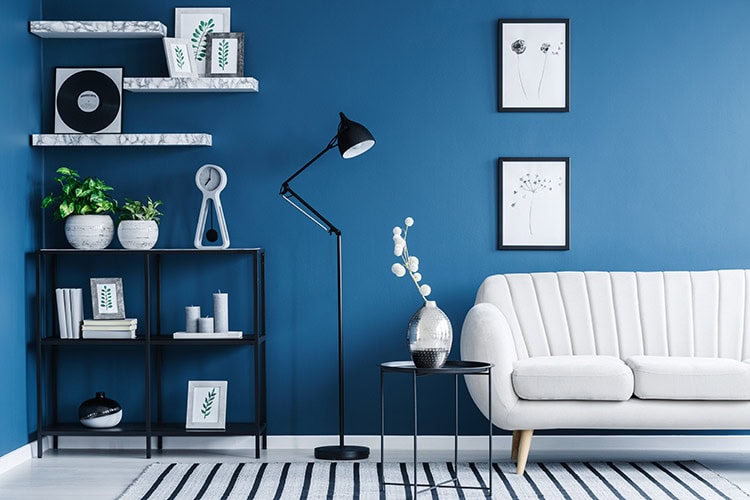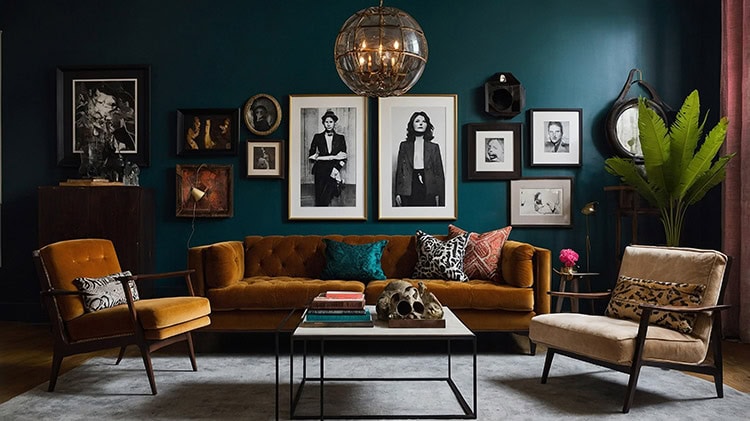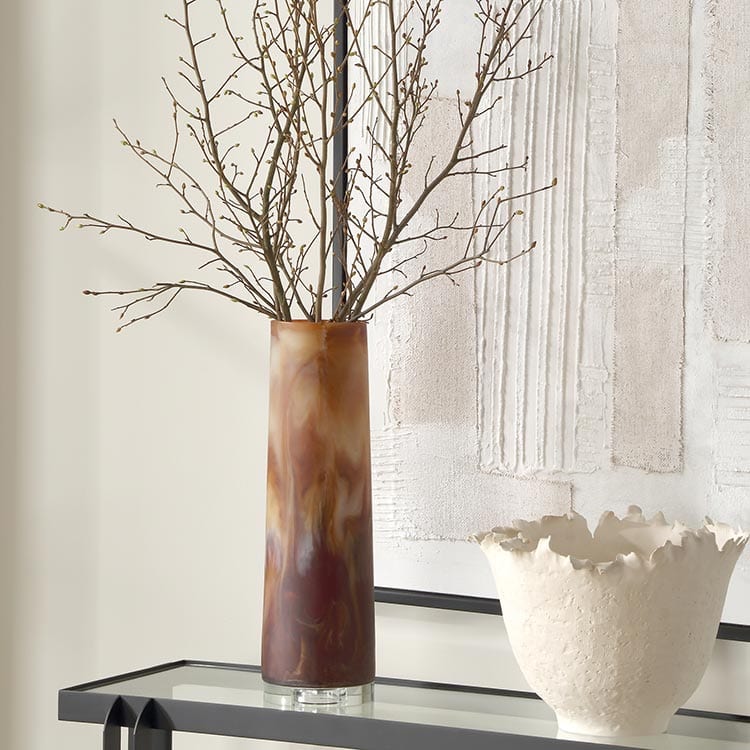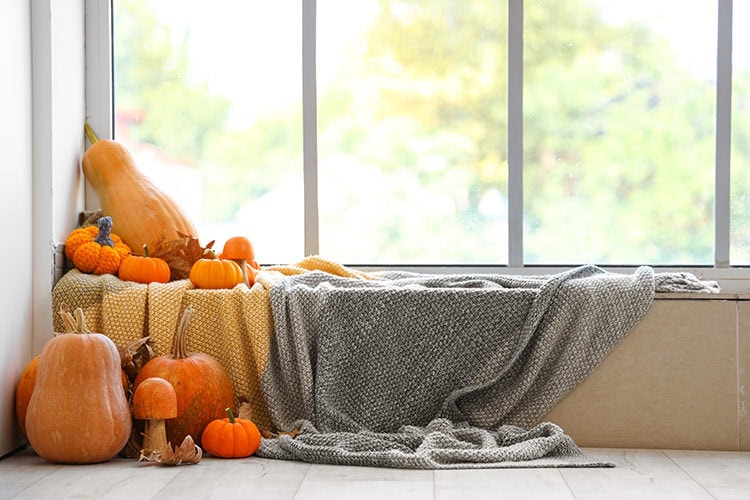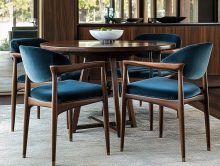Before you jump into picking colors and patterns, it’s important to understand the basics regarding fabric. What types of fabrics are there? What fabrics are durable, fade resistant and easy to clean? What does thread count mean? These are some of the things you should understand before making your purchase.
Fabrics can essentially be broken down into two categories: natural and synthetic. Natural fabrics are plant, animal and mineral based, where synthetic fabrics are chemical based. Natural fabrics are biodegradable, easier on the skin and improve over time. Synthetic fabrics, when blended with other fibers can be durable, but they can be harsher on the skin and harmful for the environment.
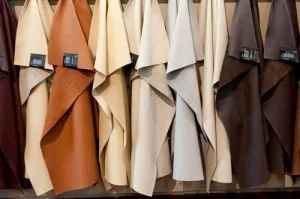
NATURAL FABRICS
Cotton is most often spun into yarn or thread, which is soft and breathable. This fiber wears well and is less prone to pilling and fading. It can soil and wrinkle more easily than other fabrics, but treating the surface or blending it with other fibers usually corrects this.
Leather is an animal product that is both flexible and durable. It is also fairly easy to clean, generally only needed a damp wipe or light vacuuming. Saddle soap or leather conditioners are additional options for cleaning and preserving the life of the fabric. For a synthetic version, try faux leather made from PVC or Polyurethane.
Linen, made from the fibers of the flax plant, soils and wrinkles easily, making it a better option for a formal room, rather than a room with high traffic. This fabric is fade resistant, but requires professional cleaning to avoid shrinkage.
Vinyl is a less expensive alternative to leather. Good quality vinyl is durable, easy to clean and ideal for high traffic family rooms and dining areas.
Silk is a beautiful, yet delicate fabric. Because of its delicacy and ability to soil easily, it is best suited for formal rooms.
Wool is one of the sturdiest and durable fabrics around. It is resistant to fading, soiling, pilling and wrinkling, on its own and as a blend. When blended with a synthetic, this fabric becomes even easier to clean.
SYNTHETIC FABRICS
Nylon is one of the synthetic alternatives to silk and is also commonly blended with Polyester to create faux silks. When blended with other fibers, it becomes one of the strongest upholstery fabrics you can get. Although resistant to wrinkles and soil, it does fade easil
Rayon is actually semi-synthetic, as it is neither a true synthetic fiber nor a natural one. This fabric is durable, but prone to wrinkles. However, new developments are making rayon a much more practical option.
Polyester is usually blended with other fibers for upholstery purposes. It’s durable, it retains its shape and it is less likely to fade. Polyester is also commonly used for faux silks, or in blends for faux silks (commonly blended with Nylon, or used as 100% Polyester).
Acrylic can be looked upon as imitation wool. Just like wool, it is resistant to fading, soiling and wrinkling. If possible, try purchasing higher-quality fabric, as it is less likely to pill.
Atcetae has a silky, luxurious appearance, holds its shape and can withstand mildew. It can fade, wrinkle and wear out easily, making it a poor choice for everyday use.
Olefin is very strong. It is stain, fire, chemical, mildew, sunlight and abrasion resistant. It is also known for holding its color. All these properties make it a wonderful choice for items that will get a lot of wear.
Thread count refers to the number of threads per square inch. If you want fabric or furniture that will wear the best, purchase the item that has the higher thread count. In a nutshell, items that are moderately used will do just fine with a fabric that is less durable. Heavy use items however, will need those tougher fabrics to maintain a longer life.
Come in to Interior Fabrics in North Houston, where you can come to check out all your favorite fabrics for your next project!

